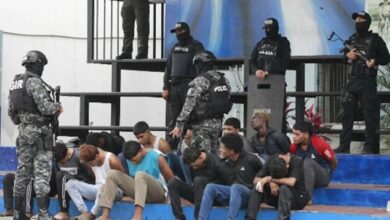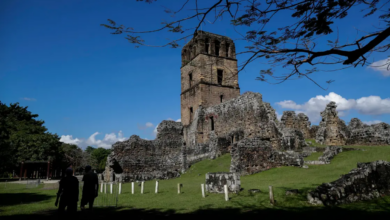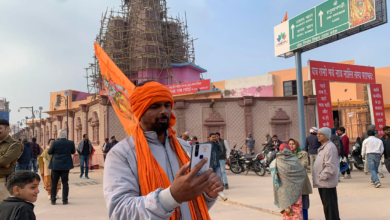El Salvador: Homicides increased in the first month of 2018
More than half a million people could be linked to various criminal structures
The end of the Temporary Protected Status (TPS) for El Salvador comes at a time where violence is being intensified in the Central American country. In the 20 first days of the current year, 220 homicides were registered, 25 more than those calculated during the same period in 2017.
According to official figures of 2016, in the Latin American and the Caribbean region the homicide rate reached an average of 24 deaths per 100.000 inhabitants. In Central America, the figure increased to 34 per 100.000 inhabitants. However, when homicide rates are observed in the so-called 'Northern Triangle', which is constituted by Guatemala, Honduras, and El Salvador, this same rate exceeds 50 murders per 100.000 inhabitants.
Of the 220 deaths that were registered during the first 20 days of January 2018, only 49 are attributed to gangs. However, mobs are responsible for the negative reputation the country has obtained.
El Salvador has a population of 6.3 million inhabitants; although there are no official figures, it is estimated that there are between 30,000 and 60,000 gang members in the Central American nation. Another 500.000 people are allegedly linked to criminal structures.
Authorities outnumbered and questioned
While the number of criminals in El Salvador could exceed half a million people, the National Civil Police (PNC) has approximately 23,000 security personnel to cover the entire Salvadoran territory. In addition to being outnumbered by criminals, the authorities´ procedures have repeatedly been strongly criticized by citizens. A report published in 2016 by the Access to Public Information Unit, notified that authorities allegedly killed three times more children than gang members, reaching a rate of 29 minors killed per 100,000 inhabitants.
Human rights Salvadoran organizations have also frequently denounced "force abuse" towards the community, committed by police and members of the Armed Forces of the country, and extrajudicial executions involving military crew.
2017 registered as one of the years with less Salvadorans’ deportations from the United States, but the number of gang members who returned to the Central American nation raised abruptly. According to local media reports, 1,200 members of criminal organizations returned to El Salvador, which corresponds to an increase of 163.8% compared to 2016.
Mara Salvatrucha (MS13) and Sureños del Barrio 13 are two of the most dangerous gangs in the country. These criminal mobs are dedicated to extortion, territorial control, hired killers, drug dealers, protection services, and illegal drug hauling. Researchers who have followed this Salvadorian problem for years, assure that ramifications of these bands can be found all over the South America territory, even reaching Argentina. The members of these criminal groups make a death pact with the organization and are mostly young people who do not exceed 30 years of age.
Latin American Post | Krishna Jaramillo
Copy edited by Susana Cicchetto






